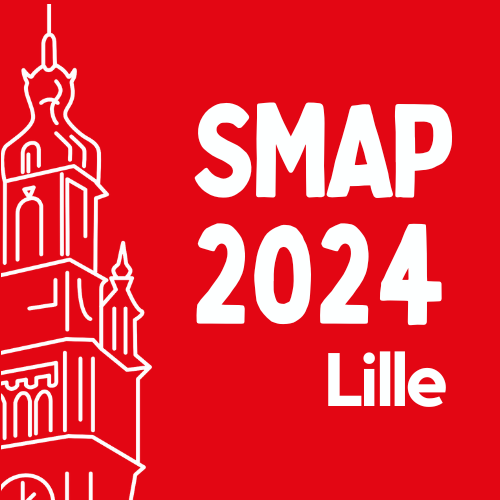
Session: Parallel session 1 - Health and biological sciences
Setting an ExD cell in electron-induced dissociation mode to achieve high-energy fragmentation on a cyclic IMS instrument
objectives
Polysaccharides form a major reservoir of renewable carbon on Earth. Used in many industries, they are gaining a growing interest in the context of the ecological transition. However, their usage is restricted by the need of new clean transformation paths, like ones involving enzymes, or by the lack of knowledge of their fine structure. The latter information remains challenging to obtain, even with tandem mass spectrometry. Conventional fragmentation, like CID, occurs at low energy and provides limited structural information on carbohydrates. On the other hand, high-energy dissociation (>15-20 eV) has demonstrated its ability to generate many informative cross-ring fragments useful to in-depth structural characterization. In this context, we have tested the use of an ExD cell installed on a cyclic IMS, to perform electron-induced dissociation (EID) with two types of widespread polysaccharides.
methods
Pectins were digested by Lytic polysaccharide monooxidase (LPMO). Carrageenans extracted from alga were digested by carrageenase. Released oligocarrageenans were separated by liquid chromatography (UPLC, Acquity, waters).
EID tandem MS experiments were made using ExD cell from e-MSion (Corvallis, USA) in EID mode, coupled to a Select SeriesTM Cyclic IMS from Waters (Wilmslow, UK)
results
EID mode enabled high-energy fragmentation of oligosaccharides, producing many cross-ring fragments. For pectins, it allowed to localize the site oxidized by LPMO. For carrageenans, it allowed sequencing, and localising some pyruvate modifications. In addition, we showed that ExD cell could be successfully coupled with UPLC.
conclusions
ExD cell implemented on a cyclic IMS instrument was successfully operated in EID mode. It enabled acquiring high-energy fragmentation spectra of carbohydrates, on a time scale compatible with UPLC. This instrumental configuration opens up access to UPLC-IMS-EID-MS coupling, for complex mixtures requiring isomers resolution with ion mobility (IMS).